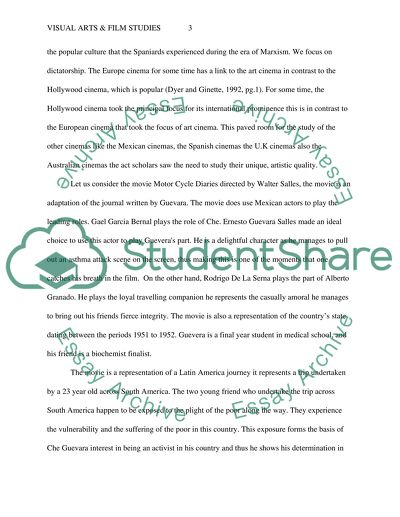Cite this document
(“The Most Pressing Ethical Issue in World Cinemas is in Every Aspect Essay”, n.d.)
The Most Pressing Ethical Issue in World Cinemas is in Every Aspect Essay. Retrieved from https://studentshare.org/visual-arts-film-studies/1439543-film-art-critical-essay-discuss-this-statement-the
The Most Pressing Ethical Issue in World Cinemas is in Every Aspect Essay. Retrieved from https://studentshare.org/visual-arts-film-studies/1439543-film-art-critical-essay-discuss-this-statement-the
(The Most Pressing Ethical Issue in World Cinemas Is in Every Aspect Essay)
The Most Pressing Ethical Issue in World Cinemas Is in Every Aspect Essay. https://studentshare.org/visual-arts-film-studies/1439543-film-art-critical-essay-discuss-this-statement-the.
The Most Pressing Ethical Issue in World Cinemas Is in Every Aspect Essay. https://studentshare.org/visual-arts-film-studies/1439543-film-art-critical-essay-discuss-this-statement-the.
“The Most Pressing Ethical Issue in World Cinemas Is in Every Aspect Essay”, n.d. https://studentshare.org/visual-arts-film-studies/1439543-film-art-critical-essay-discuss-this-statement-the.


